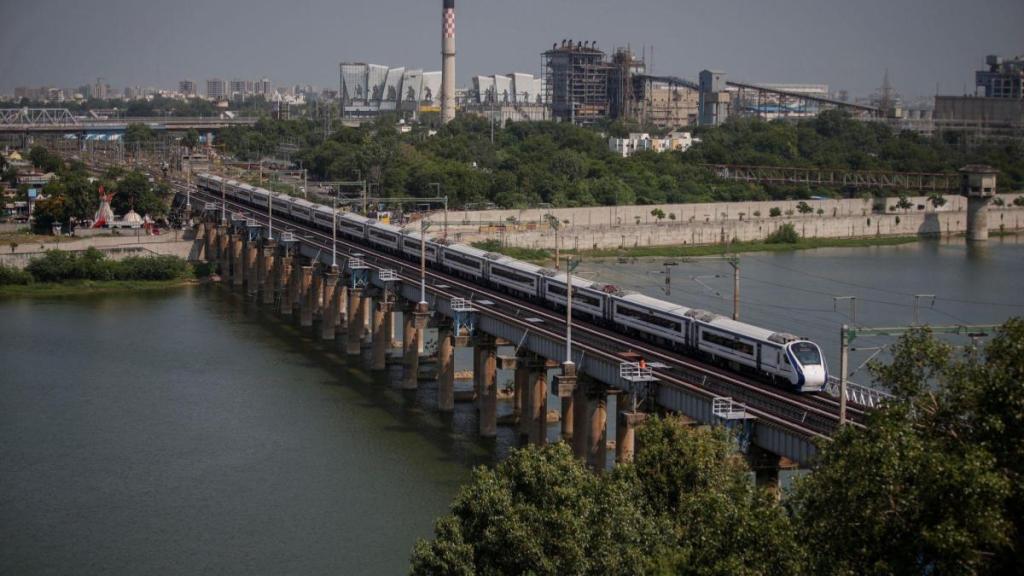When the Vande Bharat Express first whizzed out of the station in 2019, it promised to revolutionize train travel in India. With its sleek design and semi-high-speed capability, it was poised to leave its slower cousins in the dust. But while it has certainly made waves with its comfort and amenities, here’s a fact that might shock you: despite running on over 40 routes across the country, the Vande Bharat Express operates at its top speed on only one route—Delhi to Agra.
Touted as India’s answer to high-speed rail travel, the Vande Bharat Express was designed to reach a maximum speed of 160 kmph. However, due to track conditions, it doesn’t go beyond 130 kmph anywhere else in the country, except for the specially prepared Delhi-Agra stretch. The rest of its routes? Well, let’s just say they’re more “semi-high-speed” in name than in reality.
According to an RTI filed with the Ministry of Railways in June this year, the average speed of the Vande Bharat trains has actually decreased over the past few years. From 84.48 kmph in 2020-21, it dropped to 76.25 kmph by 2023-24. So, while passengers enjoy the plush interiors, they may not be getting where they want to go as fast as they imagined.
The reasons behind the speed limitations are diverse. Railway officials cite ongoing infrastructural upgrades, difficult terrain and even extreme weather conditions in certain regions. For instance, the Vande Bharat operating between Mumbai CSMT and Madgaon navigates the tricky ‘ghat’ sections of the Konkan Railway, where pushing for speed could compromise safety. Monsoon season only makes matters worse, with speeds reduced to a cautious 75 kmph.
Even more surprising, some routes fare worse than the average. The Vande Bharat between Coimbatore and Bangalore Cantt, for example, manages a sluggish 58.11 kmph.
While the Vande Bharat Express may still be a game changer in terms of passenger experience, when it comes to speed, it’s clear there’s room for improvement.

